Phasics
- Wavefront, MTF and QPI measurement solutions
- Products
- Applications
- Markets
- Company
- Contact us
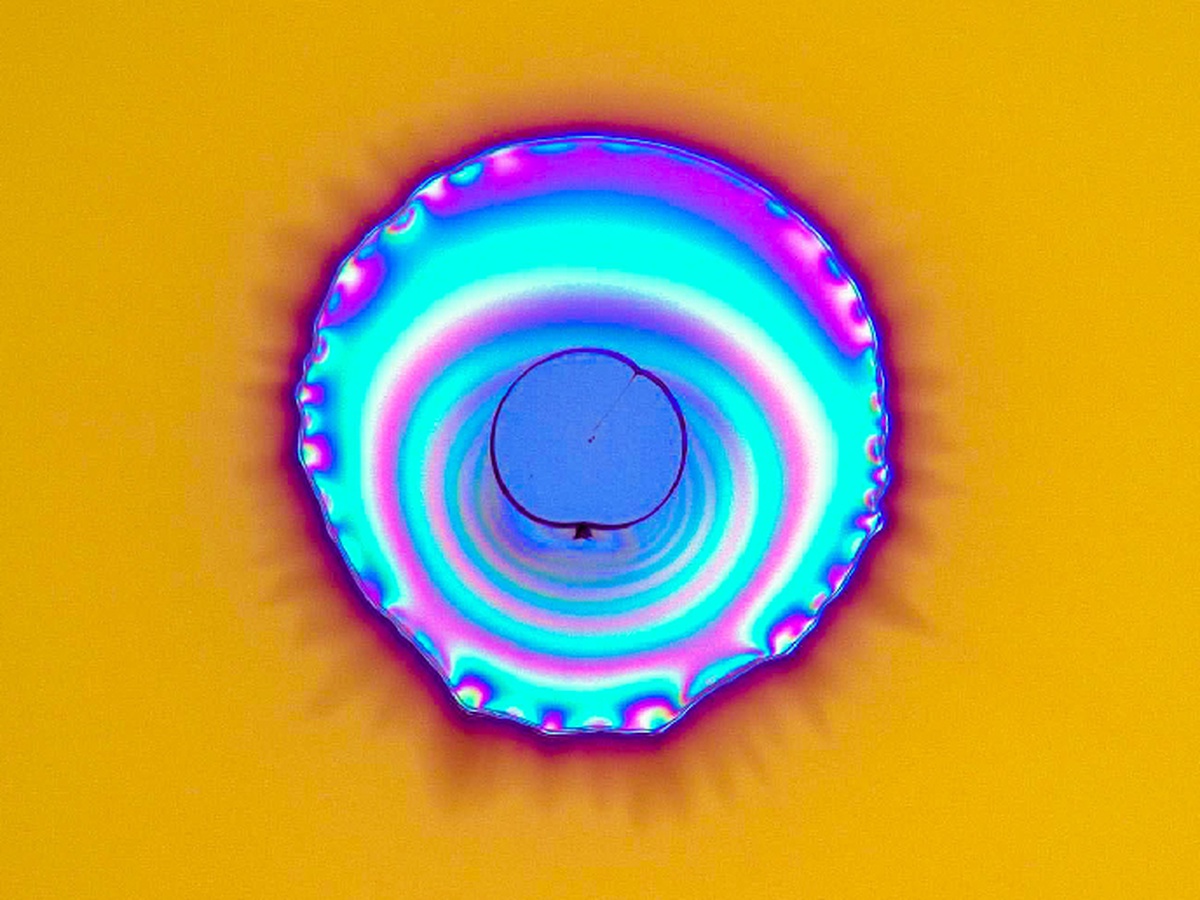
May 15, 2025
Spatial light modulators (SLMs) are quasiplanar optical devices used to modulate the amplitude, phase, polarization, or combinations of these parameters across two spatial dimensions of an incident light beam. Nematic liquid crystals (LCs) are particularly attractive for SLM applications due to their high birefringence and responsive optical properties, which can be rapidly and precisely controlled through molecular reorientation induced by weak electric or magnetic fields. Thanks to their scalability, electro-optic LC-based SLMs have become widely used for high-power applications, including nanosecond pulse polarization control, industrial laser processing, and femtosecond pulse shaping. These applications place stringent demands on the laser-induced damage threshold (LIDT) of the devices. However, the detailed mechanisms that limit the robustness of these multilayered structures under high repetition-rate, high peak-power laser pulses remain inadequately understood.
To address this challenge, a recent study published in Applied Optics has systematically investigated the damage thresholds of thermo-optically addressed spatial light modulators (TOA-SLMs) under femtosecond laser irradiation. Unlike conventional LC-SLMs, TOA-SLMs use localized thermo-optical effects in a metallic layer to modulate LC molecular alignment, significantly extending their operational wavelength range, making them highly suitable for ultrafast optics systems.
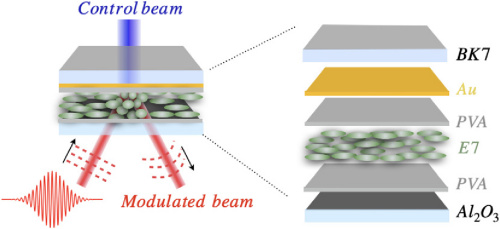
Figure 1: Principle of TOA-SLM and view of the multilayer structure.
A critical question arises: what exactly triggers the damage in these complex multilayer devices under femtosecond laser pulses, and how does this damage mechanism vary with wavelength?
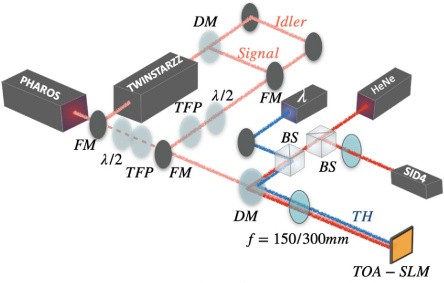
Figure 2: Experimental setup (DM, dichroic mirror; FM, flip mirror; BS, beam splitter; TH, reflected third-harmonic light). The pump source (either the PHAROS laser or the signal or idler of the OPA Twinstarzz) is focused onto the TOA-SLM sample. A He–Ne probe illuminates the sample, and its retrorefection is relay-imaged onto the wavefront sensor (SID4). Reflected TH light is collected with a dichroic mirror and analyzed using a spectrometer or photodiode.
The researchers conducted quantitative experiments across a broad wavelength range (650–2100 nm) using a femtosecond laser at 1.03 µm in combination with a two-stage Optical Parametric Amplifier (OPA). The laser beam was focused onto the TOA-SLM sample, and the reflected third-harmonic generation (THG) signals and wavefront changes were simultaneously recorded. To precisely detect subtle pre-damage changes, the Phasics SID4 wavefront sensor was integrated into the experimental setup, capturing real-time wavefront distortions of the reflected He–Ne probe beam. This enabled clear differentiation between the functional threshold (LIFT) and the actual damage threshold (LIDT).
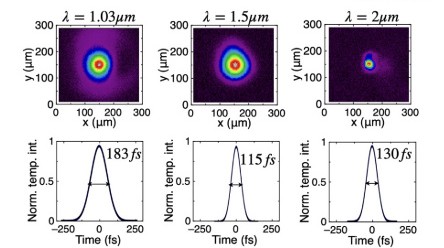
Figure 3: Pulse and beam properties are shown for three arbitrarily different source wavelengths.
Through these experiments, the study clearly established a direct link between interface-generated third-harmonic signals and damage in the metallic layers. Particularly at the LC-metal interfaces, discontinuities in the third-order nonlinear susceptibility (χ^(3)) result in strong THG. This phenomenon substantially reduces the device's LIDT, especially evident at 1.03 µm, where the corresponding third-harmonic wavelength coincides with the strong absorption band of the metal layer. Consequently, the LIDT at this wavelength significantly drops to around 0.22 J/cm², whereas at longer wavelengths such as 1.8 µm (far from the absorption bands), the LIDT rises above 1.5 J/cm².
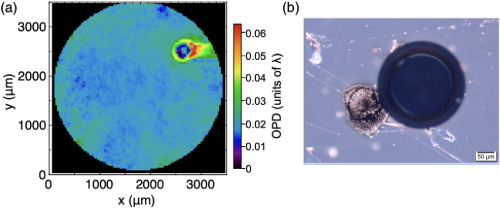
Figure 4: (a) Phase change registered when a laser-induced damage occurs in the sample.
(b) Microscopic view of a laser damage on the gold layer. A large bubble of LC originates from this damage.
The SID4 wavefront sensor played a key role in these experiments—not only identifying the onset of damage but also capturing the optical conditions leading up to it. Based on Quadriwave Lateral Shearing Interferometry (QWLSI), the sensor delivers full-field wavefront measurements in a single acquisition, with sensitivity high enough to detect surface deformations as small as 2 nm RMS.
At a 1.4 µm femtosecond laser pump wavelength, the SID4 detected a phase shift of ~100 milliradians, corresponding to a temperature increase of around 0.1 K in the liquid crystal (LC) layer. Although this effect remained reversible and non-destructive, it signaled that the device was nearing its operational threshold.
Unlike traditional techniques such as microscopy or reflectance measurements, wavefront sensing reveals early, quantitative changes in optical behavior, offering insight into internal thermal or nonlinear effects before irreversible damage occurs. This makes it an essential tool for assessing laser-induced functional thresholds (LIFT) and distinguishing them from the actual damage thresholds (LIDT) in high-power laser systems.
Special thanks to the authors of the original study for their valuable insights. Read the full publication here.
Reference:
Loïc Ramousse, Vincent Fémy, Cyrille Claudet, Gilles Chériaux, Nicolas Forget, and Aurélie Jullien,
"Femtosecond laser-induced damage threshold of a thermo-optically addressed spatial light modulator due to giant third-harmonic generation,"
Applied Optics, Vol. 64, Issue 9, pp. 2238–2252 (2025).
